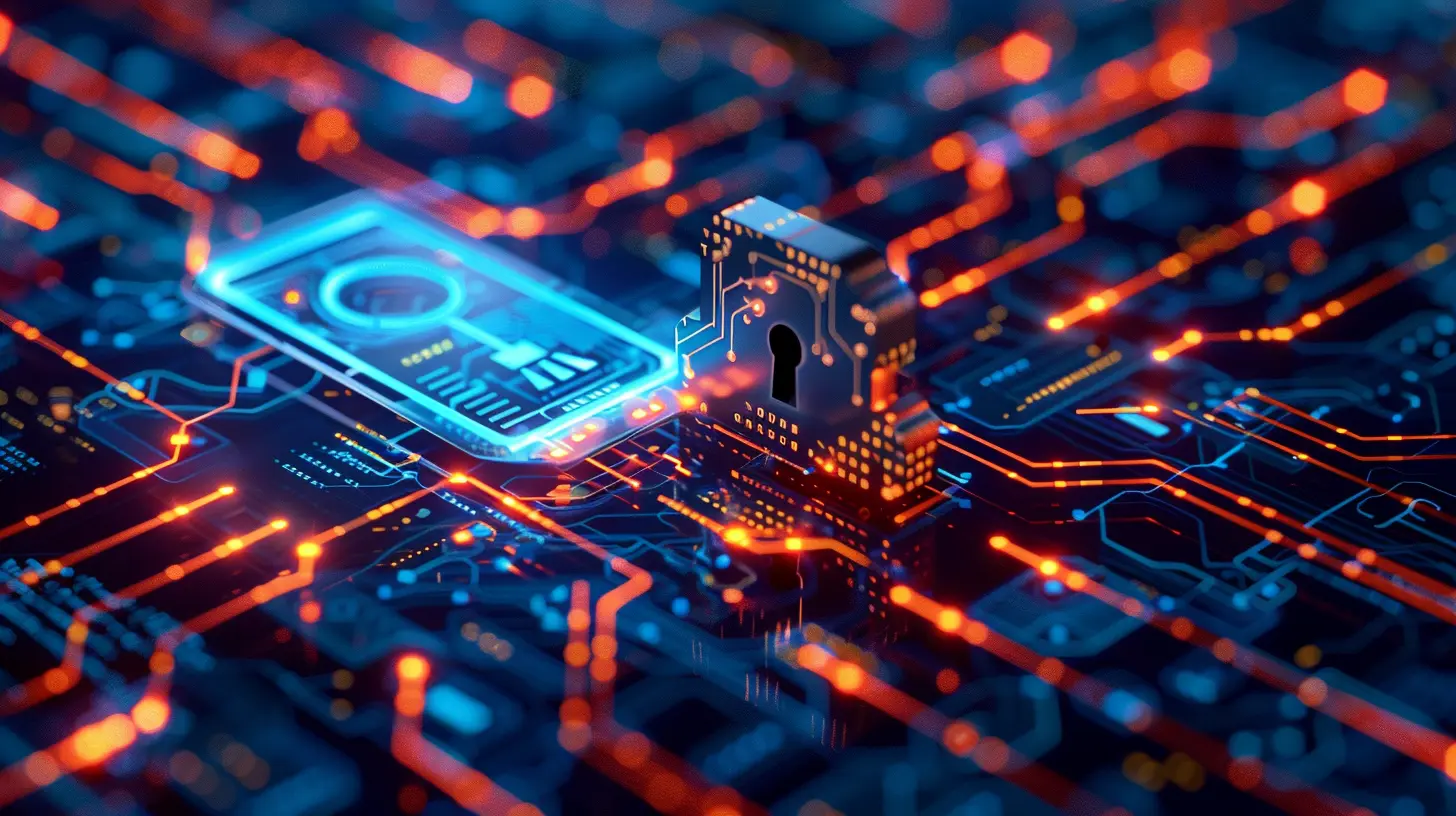The Growing Importance of Cybersecurity in Telecom Networks
12 October 2025
In today's interconnected world, telecom networks form the backbone of digital communication. Whether it's making a call, texting a friend, or streaming your favorite show, telecommunication plays a pivotal role in keeping us connected. But with great connectivity comes great responsibility—especially when it comes to cybersecurity.
Cyber threats are evolving at an alarming rate, and telecom networks are prime targets. From data breaches to ransomware attacks, the risks are real, and no company is immune. So, why is cybersecurity in telecom networks becoming more crucial than ever? Let's dive in.

Why Telecom Networks Are Prime Targets for Cyber Attacks
Telecom providers aren't just offering connectivity; they manage vast amounts of sensitive data, including customer information, financial details, and infrastructure logs. This makes them irresistible targets for cybercriminals. Here's why attackers have their eyes on the telecom industry:- Massive Data Storage: Telecom networks store personal and business data, making them treasure troves for hackers.
- Critical Infrastructure: Any disruption can cause widespread communication outages, affecting businesses, governments, and individuals.
- Connected Devices: With IoT devices skyrocketing, the attack surface is expanding, giving hackers more entry points.
These factors make telecom companies a lucrative and strategic target for cyber threats.

The Rising Threat Landscape in Telecom
The digital age brings convenience, but it also introduces sophisticated cyber threats. Hackers are constantly finding new ways to bypass security systems, targeting telecom networks in various ways.1. Data Breaches and Espionage
Telecom networks house enormous amounts of customer data—everything from names and addresses to payment details. A single breach can expose millions of users' personal information, damaging a company’s reputation. In some cases, cybercriminals or even state-sponsored hackers target telecom firms for espionage purposes.2. DDoS Attacks
Distributed Denial of Service (DDoS) attacks overwhelm networks with artificial traffic, causing disruptions in communication services. Imagine your internet suddenly slowing down or going offline—chances are, a DDoS attack might be in play.3. Ransomware and Malware Attacks
Hackers use ransomware to lock telecom systems, demanding payment before releasing the data. With companies relying on real-time communication, a downtime of even a few hours can result in significant losses.4. SIM Swapping and Phishing
Ever heard of SIM swapping? Attackers manipulate telecom providers to gain control of someone's phone number. Once they have access, they can bypass two-factor authentication and take over accounts. Similarly, phishing remains a top method where attackers trick employees or customers into revealing sensitive information.
The Role of 5G in Cybersecurity Challenges
With 5G networks becoming the new norm, cybersecurity is facing an even bigger challenge. The introduction of higher speeds, ultra-low latency, and massive IoT connectivity opens doors to both opportunities and risks.Increased Attack Surface
Unlike its predecessors, 5G supports more connected devices, including autonomous vehicles, smart homes, and healthcare applications. A single vulnerable device can become a gateway for attackers to infiltrate the network.Network Slicing Vulnerabilities
5G introduces "network slicing," which allows telecom providers to create virtual networks for specific applications. While beneficial, it also poses security risks, as attackers could exploit vulnerabilities in one slice and impact the entire network.Zero Trust Architecture – A Necessity
To tackle 5G-related challenges, Zero Trust Architecture (ZTA) is gaining traction. It operates on the "never trust, always verify" principle, ensuring that every access request is thoroughly authenticated before granting entry.
Strategies for Strengthening Cybersecurity in Telecom Networks
The risks might be growing, but so are the solutions. Telecom companies must adopt a proactive approach to cybersecurity and integrate robust defense mechanisms. Here are some key strategies:1. Implementing AI and Machine Learning
AI-driven cybersecurity solutions help detect and mitigate cyber threats in real-time. By analyzing network traffic and identifying anomalies, AI can flag threats before they escalate.2. End-to-End Encryption
Ensuring that data is encrypted from sender to receiver reduces the risk of interception. End-to-end encryption is a must, especially with sensitive communications.3. Regular Security Audits
Routine security assessments help identify vulnerabilities before attackers do. Companies should conduct penetration testing and vulnerability scans frequently.4. Employee Training and Awareness
Human error remains one of the biggest security loopholes. Training employees on cybersecurity best practices can prevent phishing attacks and unauthorized access.5. Multi-Factor Authentication (MFA)
Enforcing MFA across all telecom systems adds an extra layer of security. Even if credentials are compromised, unauthorized access is less likely.6. Blockchain for Secure Identity Management
Blockchain technology can enhance security by providing a tamper-proof infrastructure for identity verification and communication.7. Threat Intelligence Sharing
Telecom companies must collaborate and share threat intelligence. A collective approach to cybersecurity helps in quicker threat detection and mitigation.The Future of Cybersecurity in Telecom
As technology advances, so will cyber threats. Telecom companies need to stay ahead of the curve by constantly innovating their security measures. Governments and regulatory bodies are also tightening cybersecurity laws, urging telecom providers to strengthen their defenses.The Role of Regulations and Compliance
Governments worldwide are enforcing stricter compliance measures to safeguard telecom networks. Regulations such as GDPR, CCPA, and telecom-specific security frameworks ensure that user data is properly protected.Cyber Resilience – Moving Beyond Prevention
While prevention is crucial, resilience is just as important. Organizations should prepare for incident response, disaster recovery, and cybersecurity resilience to minimize damage when attacks occur.
Final Thoughts
Cybersecurity in telecom networks isn’t just about preventing attacks—it’s about ensuring seamless, secure communication in our digital world. With evolving threats, telecom providers must adopt cutting-edge security measures, educate their teams, and stay diligent.The stakes are high, but by staying proactive, leveraging AI, and fostering a security-first mindset, the telecom industry can combat cyber threats effectively. In the digital age, cybersecurity isn't an afterthought—it's a necessity.
all images in this post were generated using AI tools
Category:
TelecommunicationAuthor:

Ugo Coleman
Discussion
rate this article
1 comments
Oliver Kane
Cybersecurity in telecom? It's about time! If companies think they can keep playing fast and loose with our data, they’re in for a harsh wake-up call. Protect your networks, or risk losing everything!
October 13, 2025 at 2:36 AM

Ugo Coleman
Absolutely! As telecom networks evolve, prioritizing cybersecurity is essential to safeguard data and maintain trust. It's time for robust measures!


